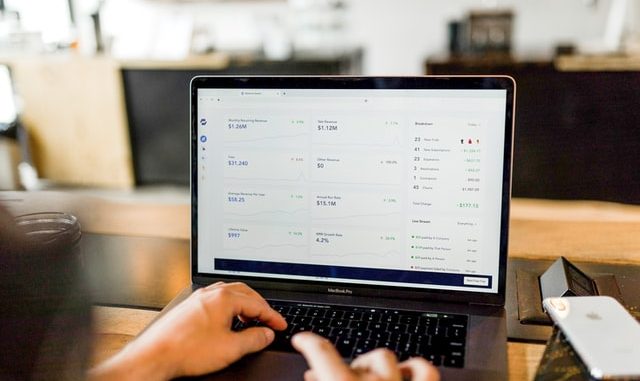
On-page optimization (also known as on-page SEO) refers to all actions that may be made directly within a website to improve its position in search rankings.
Measures to optimize content are an example of this.
Alternatively, improve the meta description and title tags. Off-page SEO, on the other hand, refers to links and other indications.
Analysis and Monitoring as Prerequisites for On-page Optimization
Effective on-page optimization necessitates the integration of various aspects.
Analysis and regular monitoring are two critical elements to put in place if you want to improve your performance in a disciplined manner.
There is little point in optimizing a website’s structure or content.
If the procedure would be not focused on attaining goals and isn’t based on a thorough examination of the underlying issues.
In extreme circumstances, optimization methods that not found on a strong, evidence-based plan can have the opposite effect expected.
Perhaps hurting the stability of keyword rankings or causing a decline in conversion rates.
Elements of On-page Optimization
There is no globally accepted workflow for on-page optimization.
However, analysis and implementation measures should be as complete.
As possible to guarantee that every chance for enhancing search engine rankings takes advantage of (or other KPIs).
Even though there is no clear step-by-step method to improving the on-page parts of websites.
The list below attempts to cover the bulk of the most popular elements.
Which gets divided into four categories:
1. Technical optimization
A website’s technical components can be optimized in three ways:
Server speed:
Because search engines analyze website load times as part of their ranking algorithm.
Reducing server response times is an important aspect of on-page SEO.
Source code:
Improved website performance can get aided by efficient source code.
Superfluous functions or code portions are frequently deleted.
While other pieces are condensed to make it easier for Googlebot to index the site.
IP addresses:
These can use to determine whether or not you have a Bad Neighbourhood problem, for example.
In an ideal world, each web project would have its IP address.
This tells Google and other search engines that the website is one-of-a-kind.
2. Content
In this sense, content does not simply refer to visible on-screen items such as text and graphics.
It also includes features that are initially hidden, such as alt-tags and metadata.
Text:
For a long time, text optimization was based solely on keyword density.
This method has now been superseded, first by weighting terms with WDF*IDF tools, and then.
At a higher level, by applying topic cluster analyses to proof terms and relevant terms.
The goal of text optimization should always be to generate a text that covers term combinations and complete keyword clouds in the best way possible, not just one keyword.
This is how to ensure that the content describes a topic as accurately and comprehensively as possible.
It is no longer sufficient to optimize texts just for search engine purposes.
Structural text elements:
This includes using paragraphs or bulleted lists, h- heading tags, and bolding or italicizing certain text parts or words.
Graphics:
All images are valuable content items that can improve.
They can serve to boost the content’s relevancy, and well-optimized photos can rank on their own in Google’s image search.
At the same time, they can improve the appearance of a website to users.
Attractive image galleries can help enhance the number of time users spend on a website.
Graphics file names are one aspect of picture optimization.
Videos:
Much of what applies to photographs applies to videos as well.
SEOs should take special care to ensure that the audiovisual content available on their pages can watch by users.
Meta-tags:
Meta titles, as a page element essential for rankings, and meta descriptions.
As an indirect factor influencing CTR (Click-Through-Rate) in search engine results pages are two critical components of on-page SEO.
Even if they are not immediately visible to visitors.
They still considered content because they should optimize alongside the texts and images.
This helps to guarantee that the keywords and themes addressed in the content and those used in the meta tags are closely related.
Conclusion
If you follow the suggestions above, your pages will most likely be more optimized than the competition. Just keep in mind that satisfying search intent is the most important component.
While the ‘technical’ aspects are vital, they are more akin to icing on the cake.
You can even contact Nummero, Bangalore’s leading digital marketing agency.

Leave a Reply